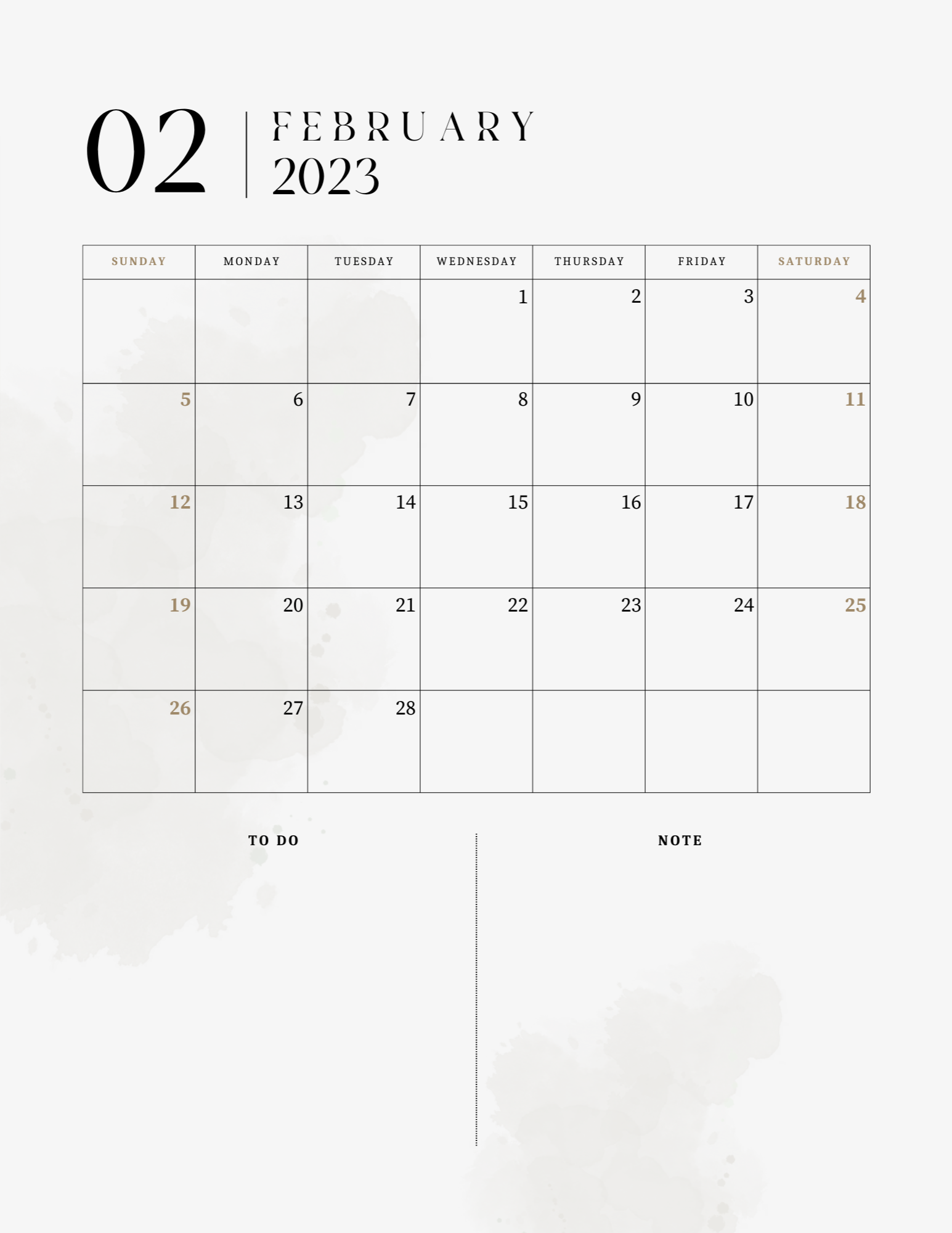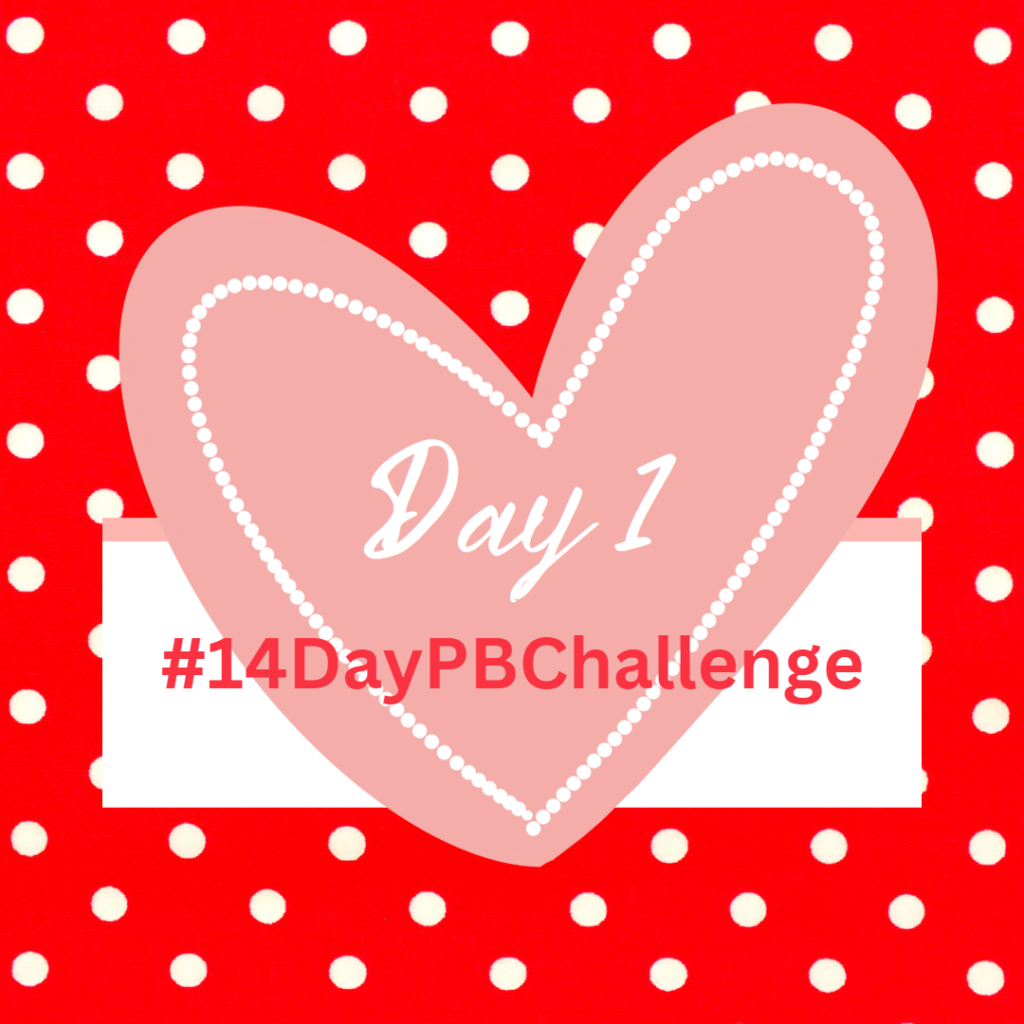
Today’s Priorities:
- Learn How to Plan Your Picture Book Writing Project
- Understand the Importance of Reading Picture Books Written by Other Authors
- Learn to Use the Ideas Sheet [After you begin a regular writing routine, you will be flooded with tons of new ideas]
- Learn to Use the Reading Log
- A List of Books We’ll Read for this Class
Before I Launch Myself into Any New Project, I Spend Numerous Hours Getting Organized and Mapping My Project.

“One day Alice came to a fork in the road and saw a Cheshire cat in a tree.
‘Which road do I take?’ she asked.
‘Where do you want to go?’ was his response.
‘I don’t know,’ Alice answered.
‘Then,’ said the cat, ‘it doesn’t matter.’
– Lewis Carroll –
I’ll provide you with numerous printable 8.5″ x 11″ planner pages to help you organize this project and any other projects you might undertake. That will help you with your organizational skills.
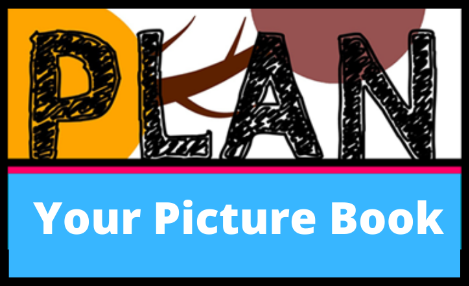
But it would help if you also planned your picture book.

Begin to consider what story you want to tell in your picture book, but more importantly, ask yourself why you want to write this particular story.
Quickly jot down the following questions and respond in simple, first-response sentences. Don’t worry about writing a story yet. Just ask and answer with your first reactions.
- What Story Do You Want to Tell?
- Who Is the Star of Your Story?
- When Did the Story Happen?
- Where Did the Story Happen?
- Why Write This Story?
Believe it or not, Question #5 is the most important question of the bunch. If your story does not matter much to you, it probably won’t matter much to anyone else either. Write about something that is meaningful to yourself. Electing to write something meaningful is more than half the battle.
I am not saying that you need to write about historically important people and things. In fact, most stories of that nature would be classified as nonfiction. I am simply saying that you should write about something that is important to YOU–something that amazes YOU or makes YOU laugh or touches YOUR heart. Do YOU care about what transpires in the story you are considering writing? Do YOU care about the people and/or animals in the story? If you are neutral about either of these things, find another story to write. Again, write about something that touches YOU in some way. Allow me to give you an example.
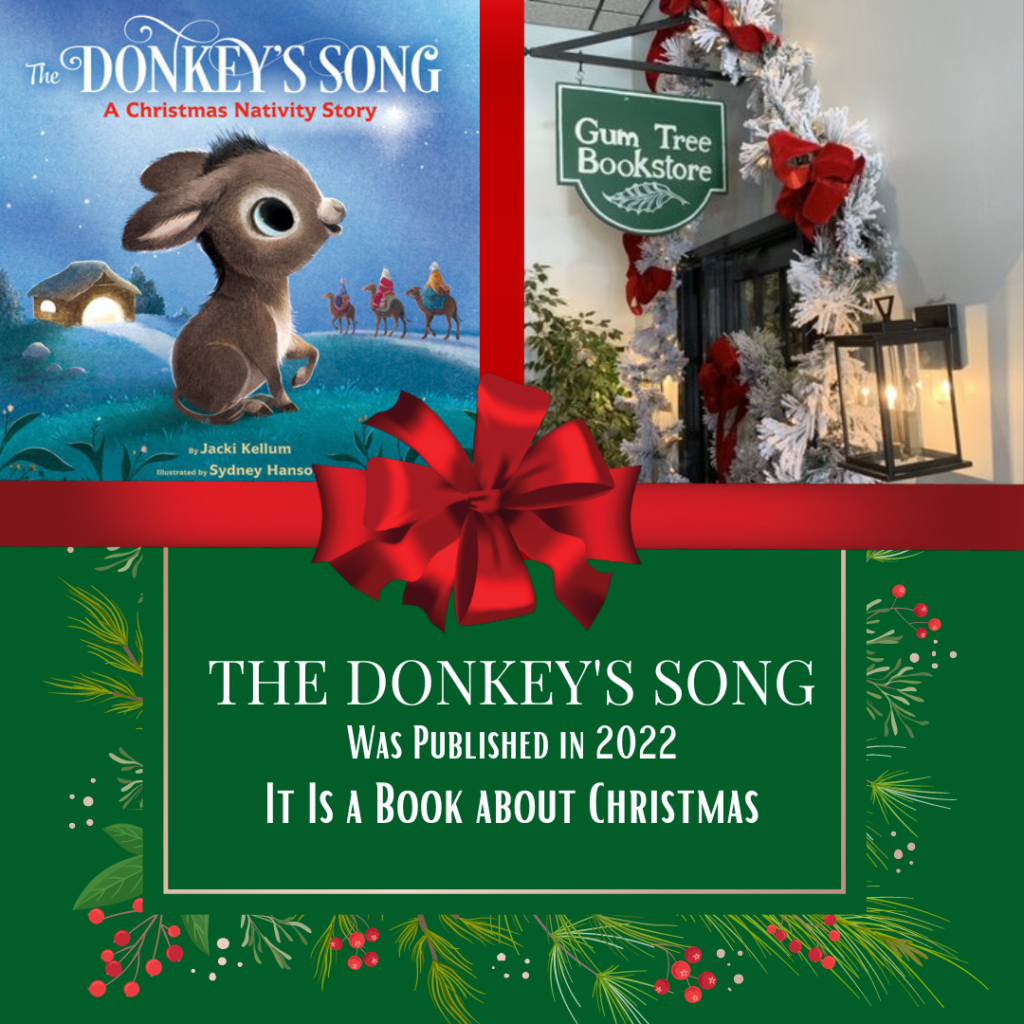
My debut picture book The Donkey’s Song is a Christmas book, but I didn’t write that story because I thought that writing a holiday book was a sound business decision. On the contrary, I suspect that holiday books are hard to get published. For that reason, I almost didn’t submit my donkey manuscript, but because of an experience in my childhood, I have very deep feelings about nativity stories. It was that feeling that sold my book to Frances Gilbert, Editor-in-Chief at Doubleday for Young Readers. The Donkey’s Song is a Christmas book that is about MORE than any of the traditions or facts about Christmas. It is the story of a Donkey whose life was transformed by what he saw, smelled, and heard in a stable in Bethlehem. It is about how he FELT about those things.

And the illustrator Sydney Hanson masterfully captured that feeling with her art.
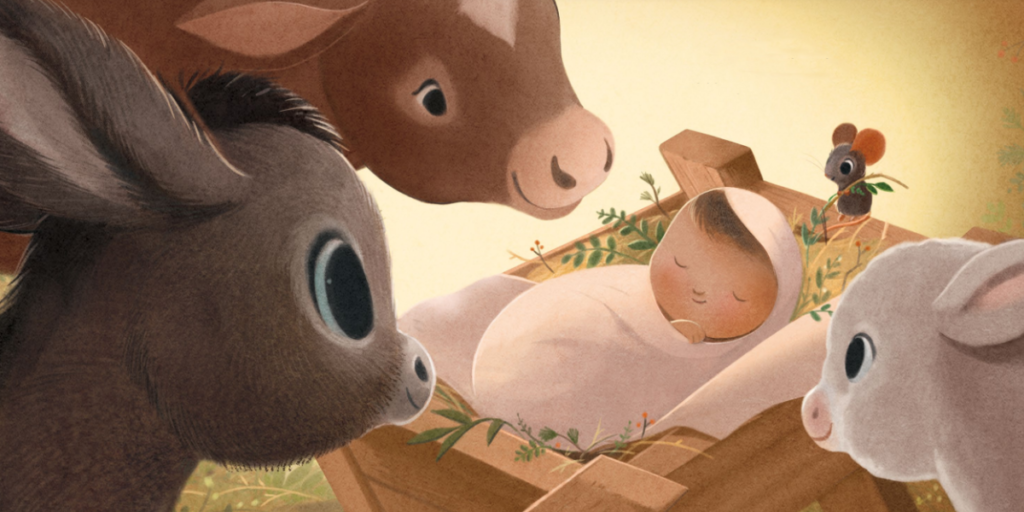
Today, I am going to take some time to tell you about some other picture books that have touched me in one way or another. Usually, those books are about strong main characters.

Small in the City
Sydney Smith
2019 Holiday House
Rated as One of the Best Picture Books of 2019 by School Library Journal
This book has become one of my all-time favorites. But I won’t give away many of those reasons. This is the kind of book that you absolutely MUST read for yourself.
There is one very clear main character in Small in the City – the little boy who narrates the story:

“I know what it’s like to be small in the city.
People don’t see you, and loud sounds can scare you.
And knowing what to do is hard sometimes.”

Illustrated by Sydney Smith
2017 Groundwood Books in Canada
Rated as One of the Best Picture Books of 2017 by School Library Journal
I don’t care. I stand in the baby one, and my friend swings on the big one. We go so high butterflies rush through my stomach. We go so I can see far out to sea.
When there are big storms here, the waves crash against the shore, battering his gravestone with salt-soaked spray.That’s okay. My grandfather is used to storms.
as I fall asleep I can hear the whooshing back and forth of the waves. I think about the sea, and I think about my father, I think about the light days of summer and the dark tunnel underground. One day, it will be my turn.

Dan Santat
2017 Roaring Brook Press
Caldecott Honor Book
My name is Humpty DumptyThis was my favorite spot, high up on the wall.
I know. It’s an odd place for an egg to be, but I loved being close to the birds.Then one day, I fell. (I’m sort of famous for that part.}Folks called it “The Great Fall” which sounds a little grand.It was just an accident.But it changed my life.


Reading other good picture books is the essential first step of writing your own picture book. William Faulkner believed in the importance of a writer’s reading.
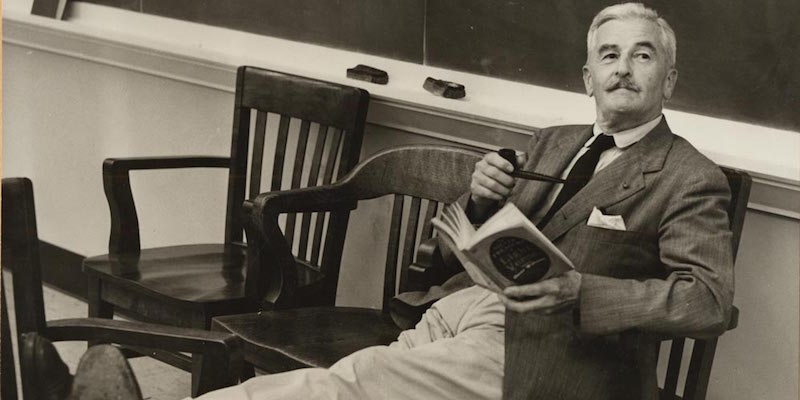
“Read, read, read. Read everything — trash, classics, good and bad, and see how they do it. Just like a carpenter who works as an apprentice and studies the master. Read! You’ll absorb it.” – William Faulkner
In the #14DayPBChallenge, we’ll read quality picture books.

Keep track of all the picture books that you read for this challenge.
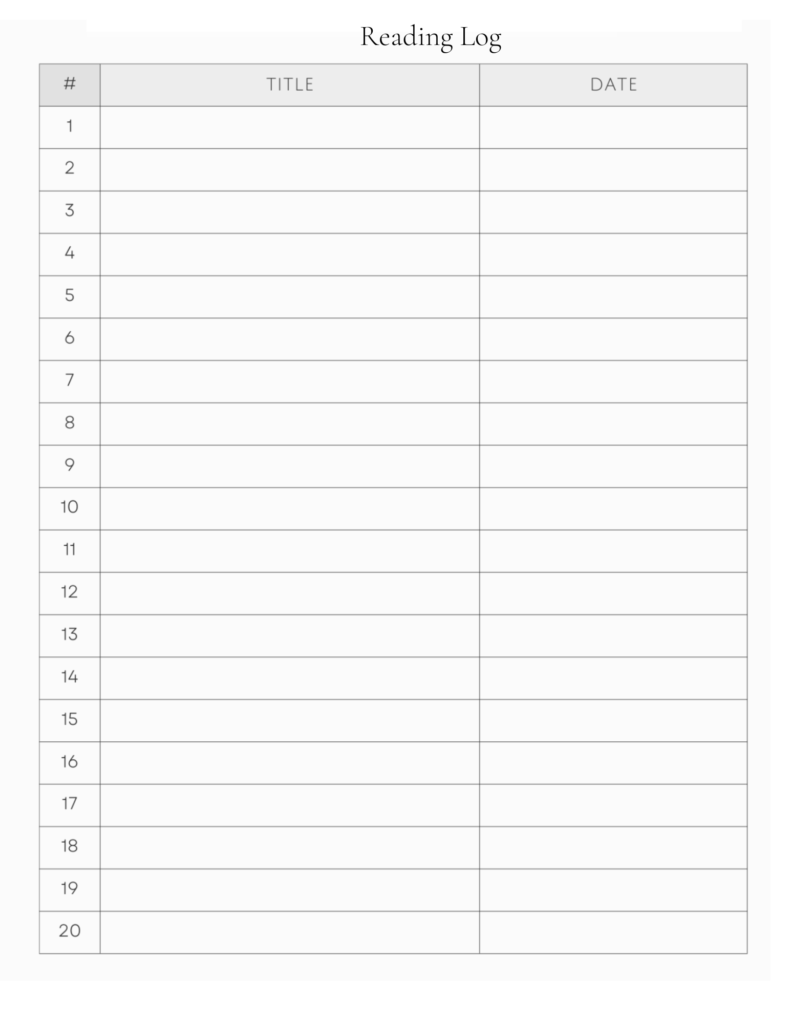 As you read various books, make notes about why each book is significant to you.
As you read various books, make notes about why each book is significant to you.
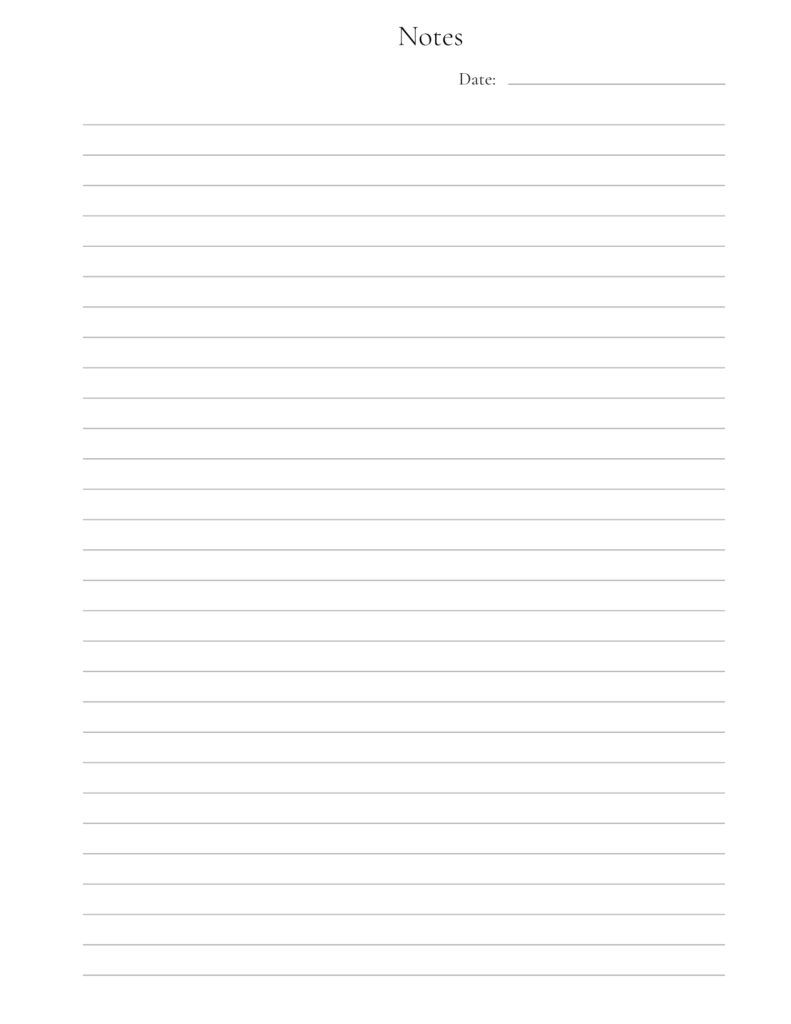
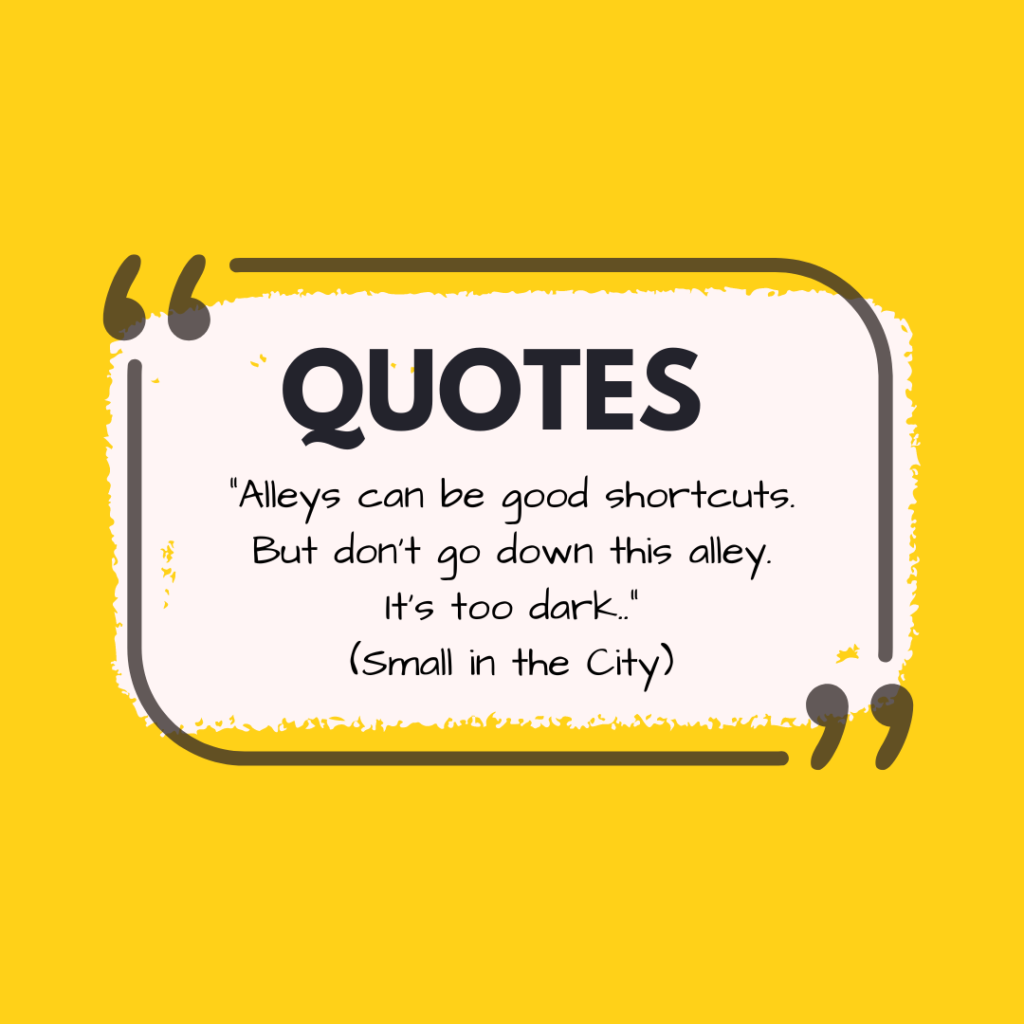
Just a few words from Sydney Smith — but they carry big potential.
These words made me think about the alleys in my own life, and they also remind me of the literary significance of the word “darkness.”
As you read the picture books that other people have written, record every significant quote or example of brilliant writing that you find. This is how you’ll begin to profit from studying other writers.
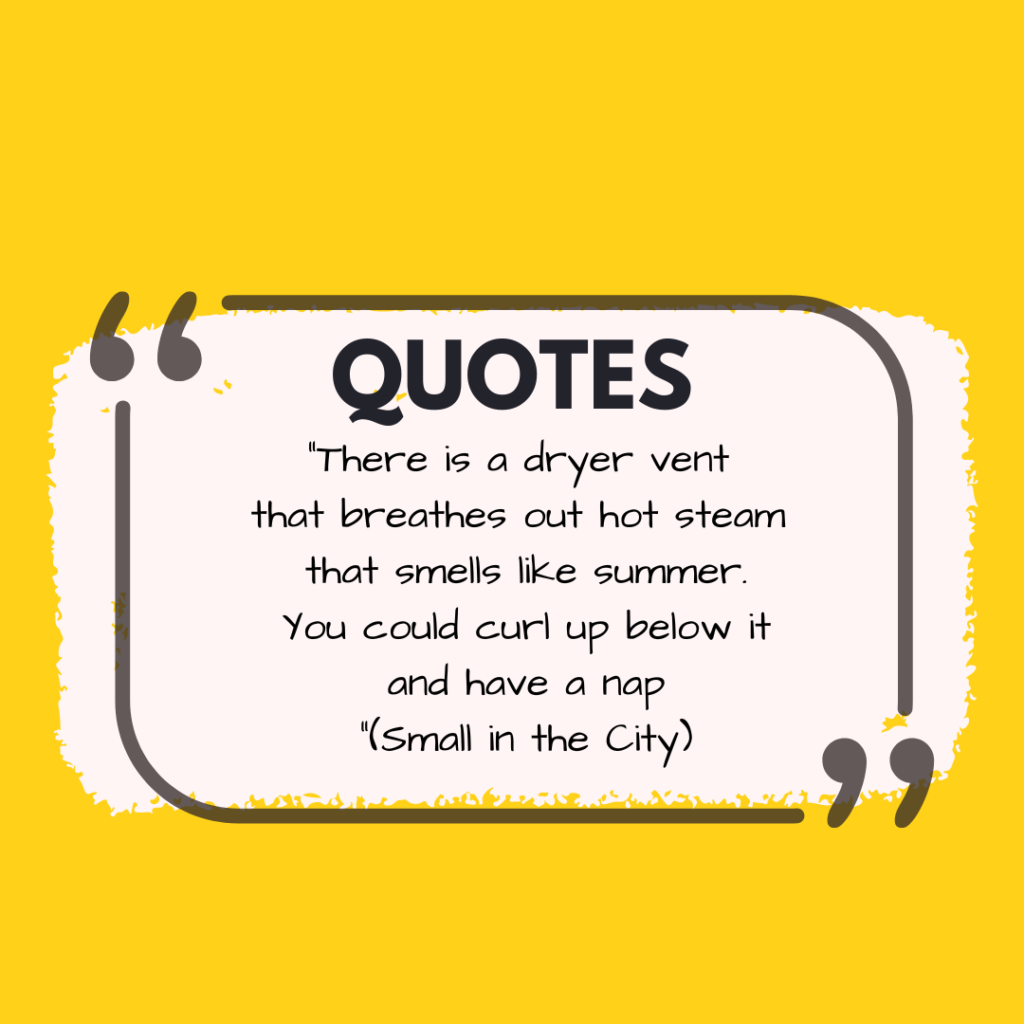
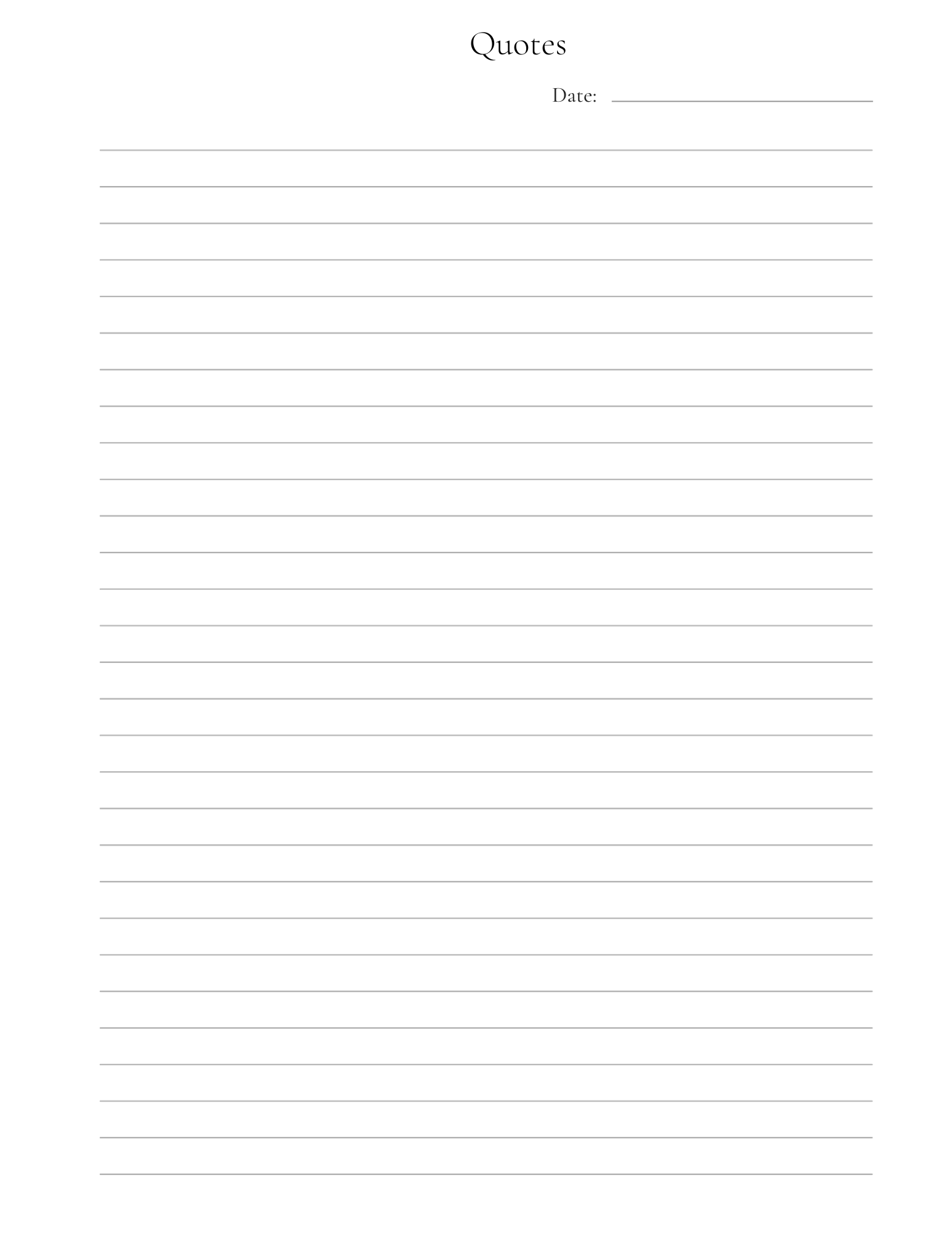
As you begin to read and write, you’ll begin getting ideas for writing projects. Carefully record those ideas as they come to you.
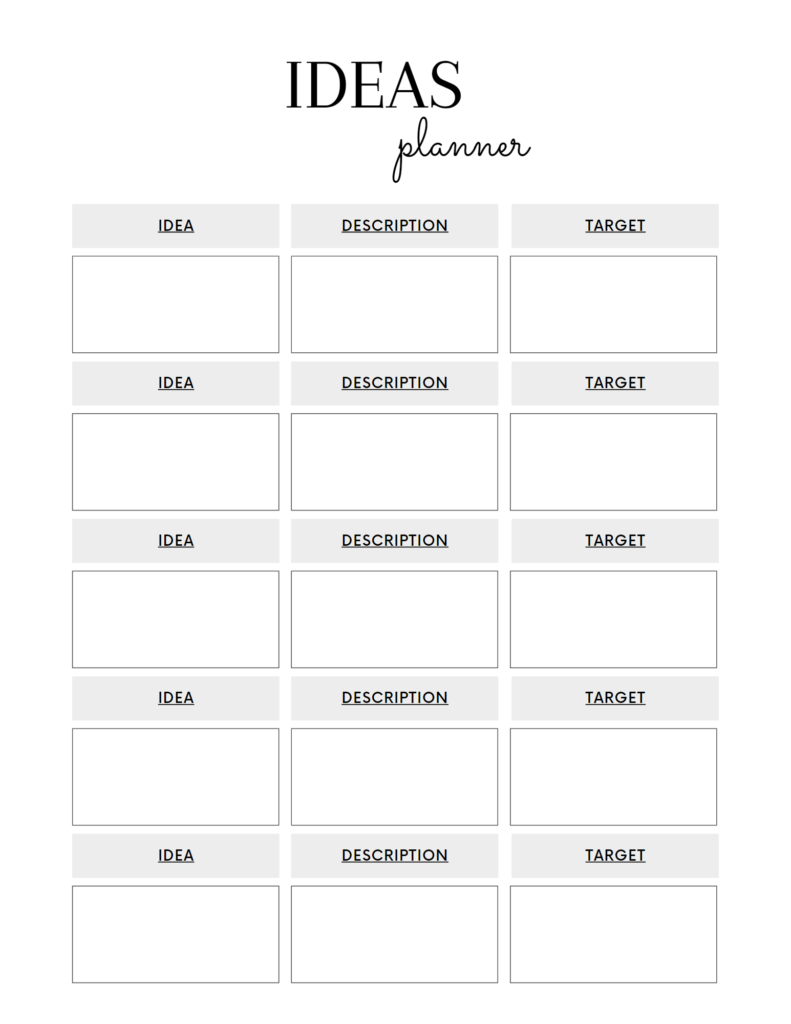
Your Challenge Project Will be Accomplished in 5 Stages:
- Read
- Write
- Edit
- Query
- Market
Chart your progress in each area:
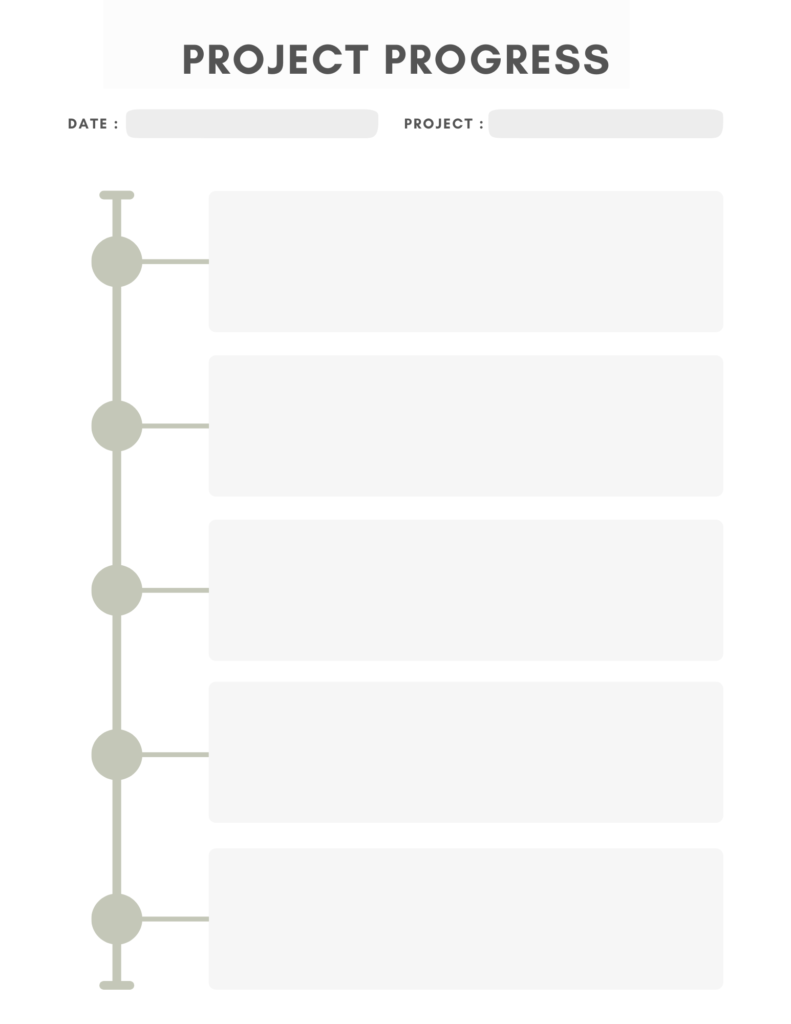
At the beginning of each day, I list my goals for that day.
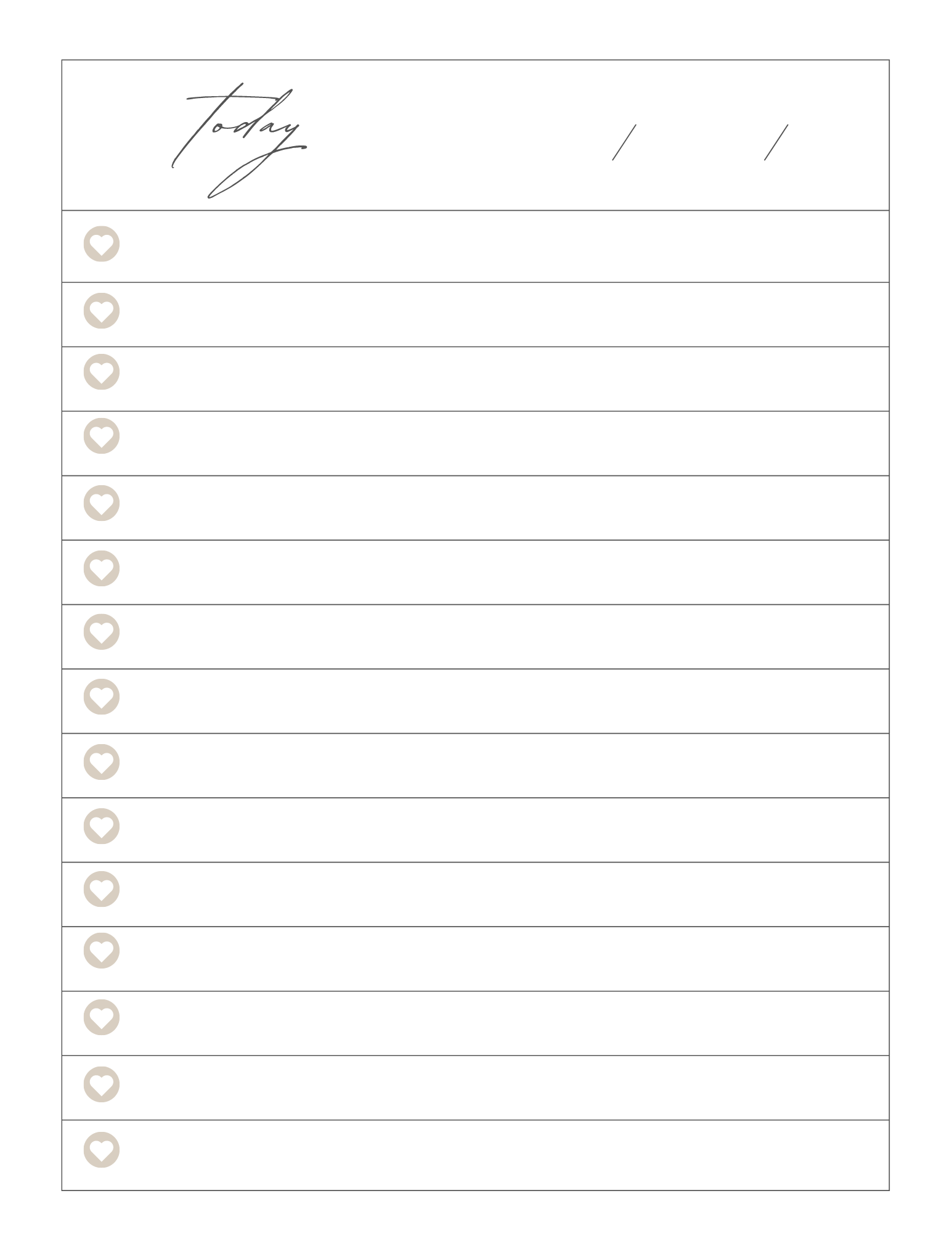
And then, I track my accomplishments hour by hour. Tracking how you actually use your time might be an eye-opener. [Did you really waste 4 hours playing games on your Ipad? Write it down and Face It!]

Here is How I Spent My Time on Day 1 of My Picture Book Challenge :
7:30 – My cat licked my face and ordered me to get out of bed.
7:30 – 9:30 – While I drank my first cup of coffee, I worked on Day 1 of the #14DayPBChallenge
9:30 – 11:00 – While I drank my second cup of coffee and wolfed down some toast, I posted info about this pb challenge on social media.
11:00 – 12:15 – I trudged forward through the process of writing a first draft for my newest picture book manuscript.
12:15 – 12:30 Started an entirely new picture book
Again, when I am in my writing zone, flashes of new picture book ideas come to me fast and furiously–they might appear as more than an opening line. I immediately open a new Microsoft Word folder for that book, and I write as much as I can.
12:30 – 1:00 Break from writing – and into my garden to pull a few weeds.
1:00 – 2:00 While I wolfed down microwaved veggies, I wrote more in my blog about this picture book challenge.
2:00 – 2:25 Researched for yet another picture book that needs more development and lots of work.
2:25 – 2:45 Drank a cup of chai latte tea and ate a toasted cinnamon bagel.
My brain is too drained to do anything creative.
2:45 – 4:15 Studied the picture book Working Cotton and added a post about it on my blog
Working Cotton – Picture Book by Sherley Anne Williams – Illustrated by Carole Byard
4:15 – 5:30 Studied the picture book The Old Woman Who Named Things and added a post about it on my blog:
The Old Woman Who Named Things – A Picture Book by Cynthia Rylant
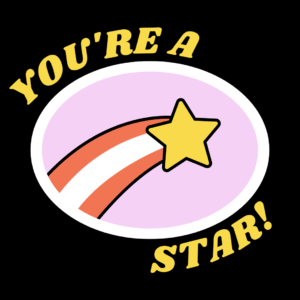
Listing your accomplishments is like giving yourself a little gold star. It is also a way to keep us attention-deficit people on task. People with attention-deficit problems do not respond well to long-range goals. We need constant prodding. We need numerous short-range goals to keep us on task, and we also need a continuous string of rewards. Tiny rewards, like marking a task as accomplished, are fine.
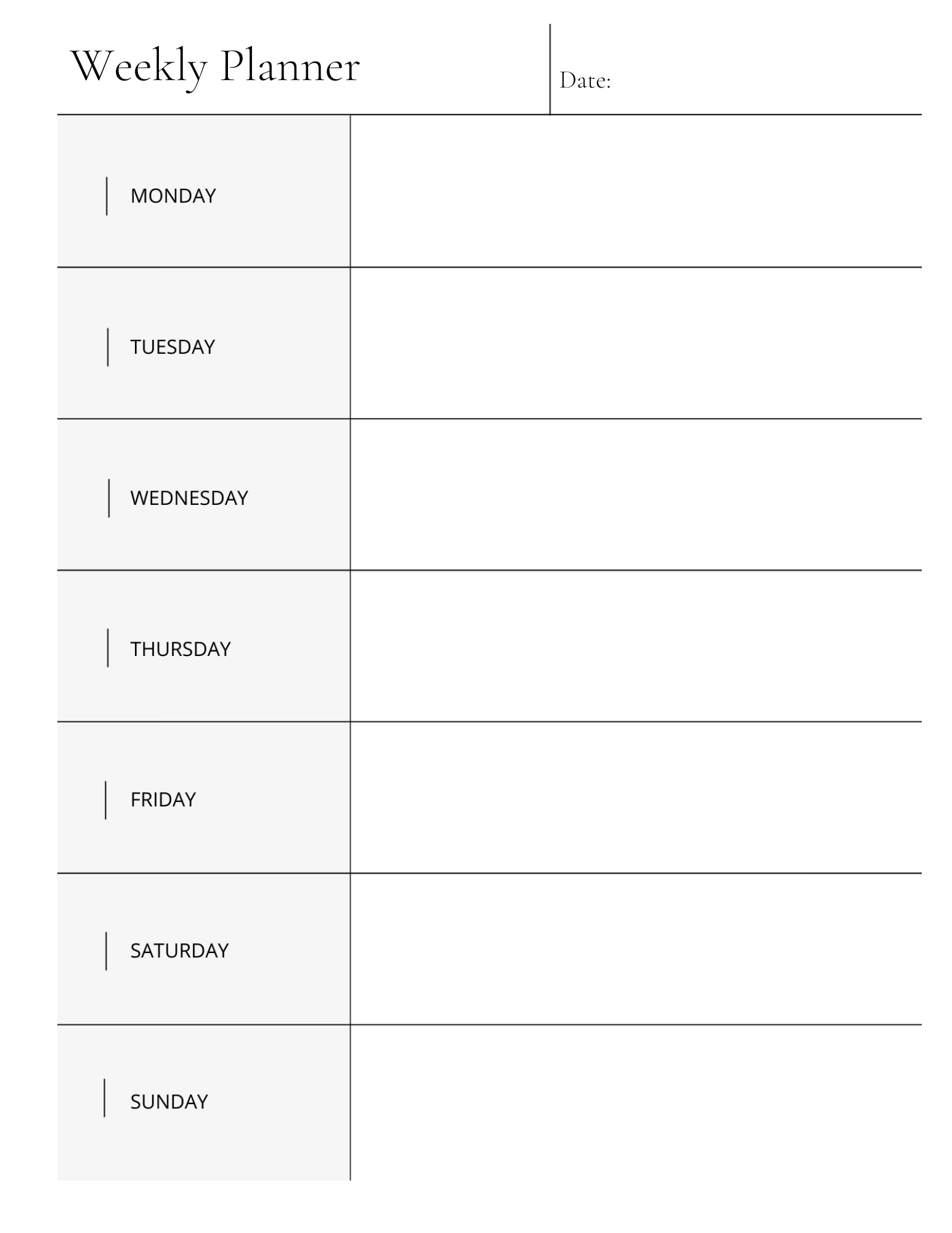
A List of Some of the Books We’ll Examine During the Next 14 Days. You might want to try to find these books at your library. You don’t need to buy them. Some of these books are better than others. But we’ll learn things from all of these books:
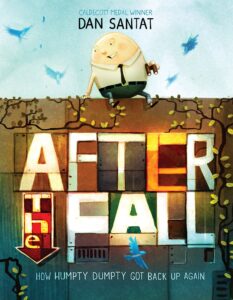
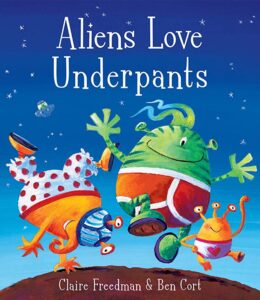

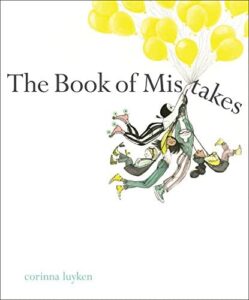
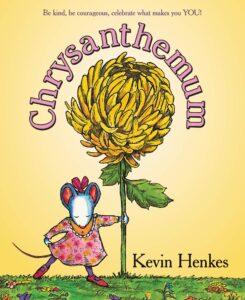

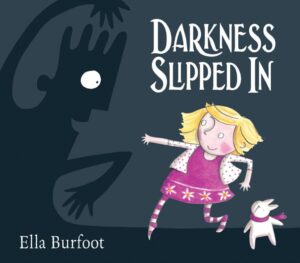
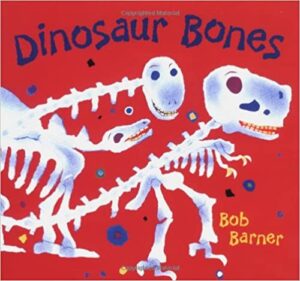
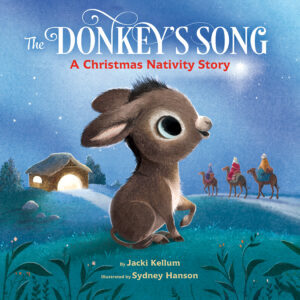
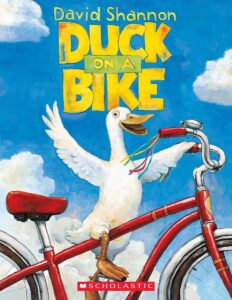
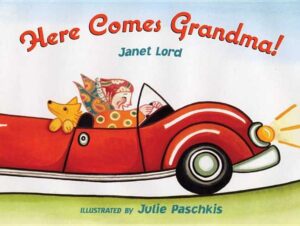
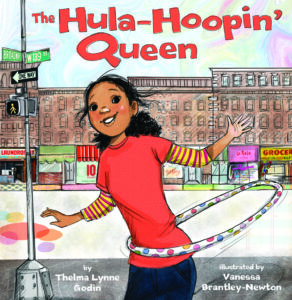
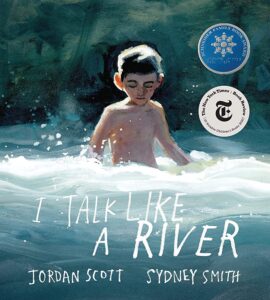
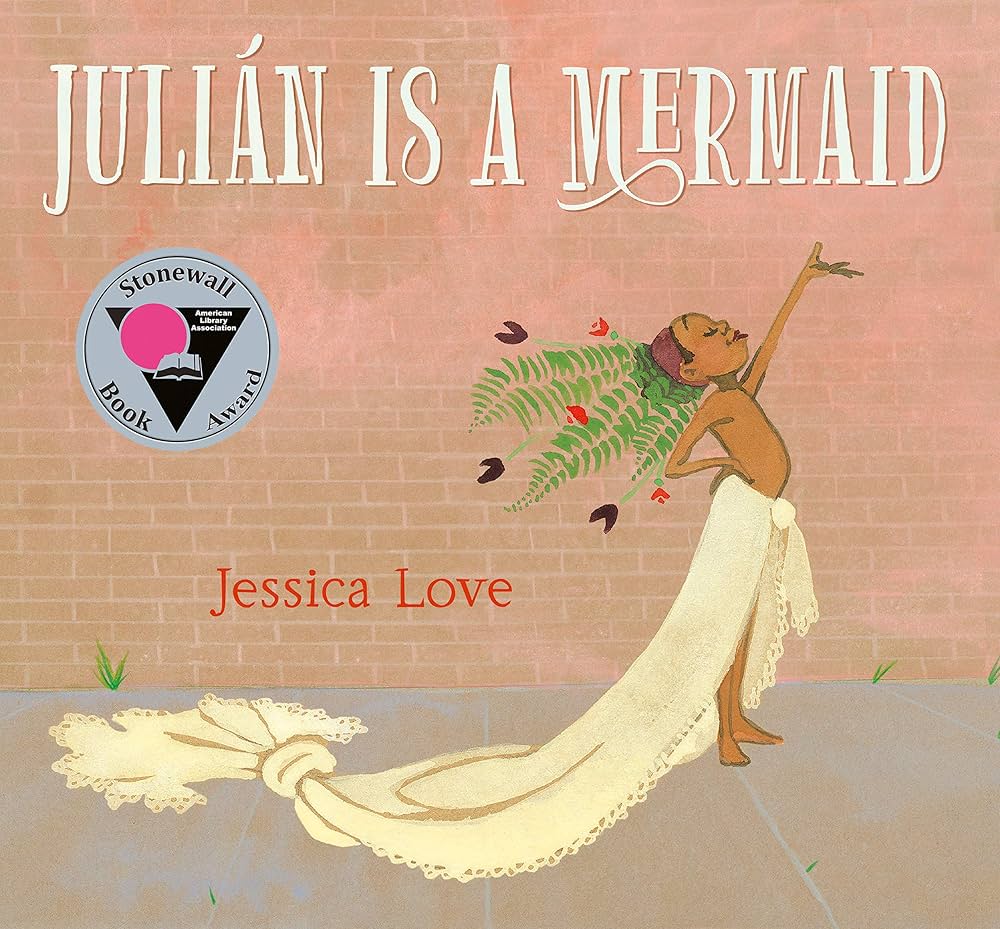
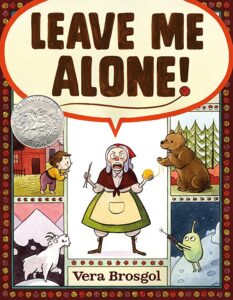
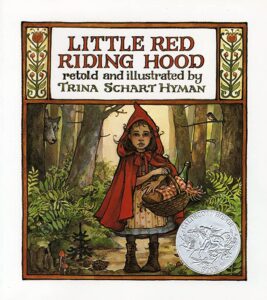
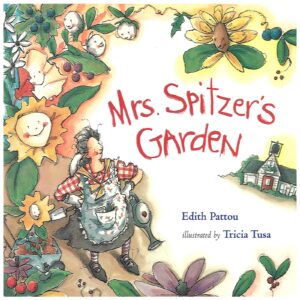
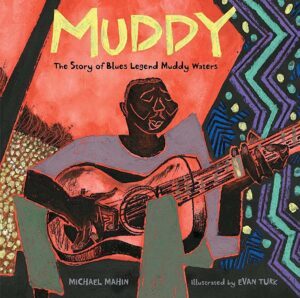
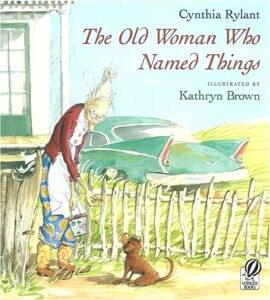
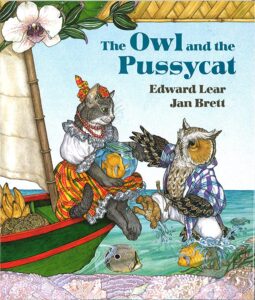
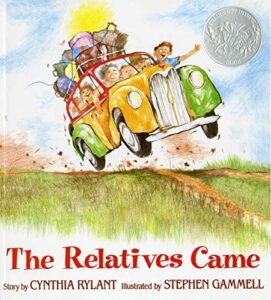

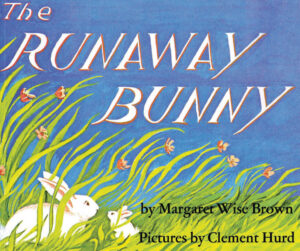
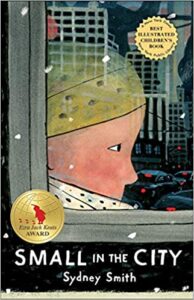
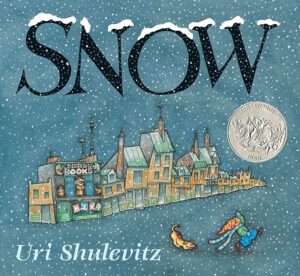
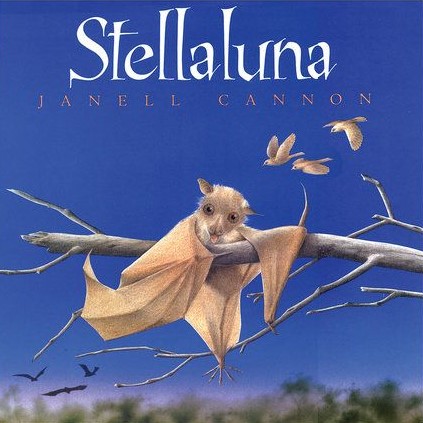
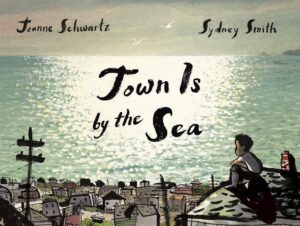
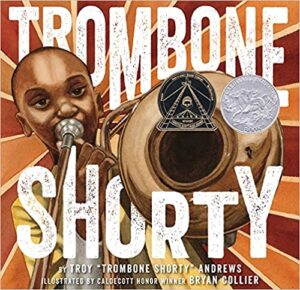
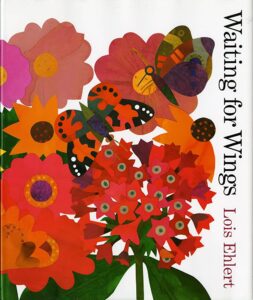


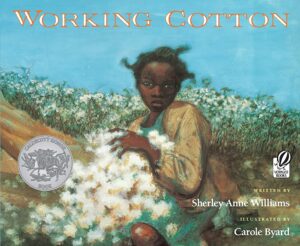
Keep A Journal about Your Writing and Reading Journey. Constantly Look Back, as well as Ahead.

